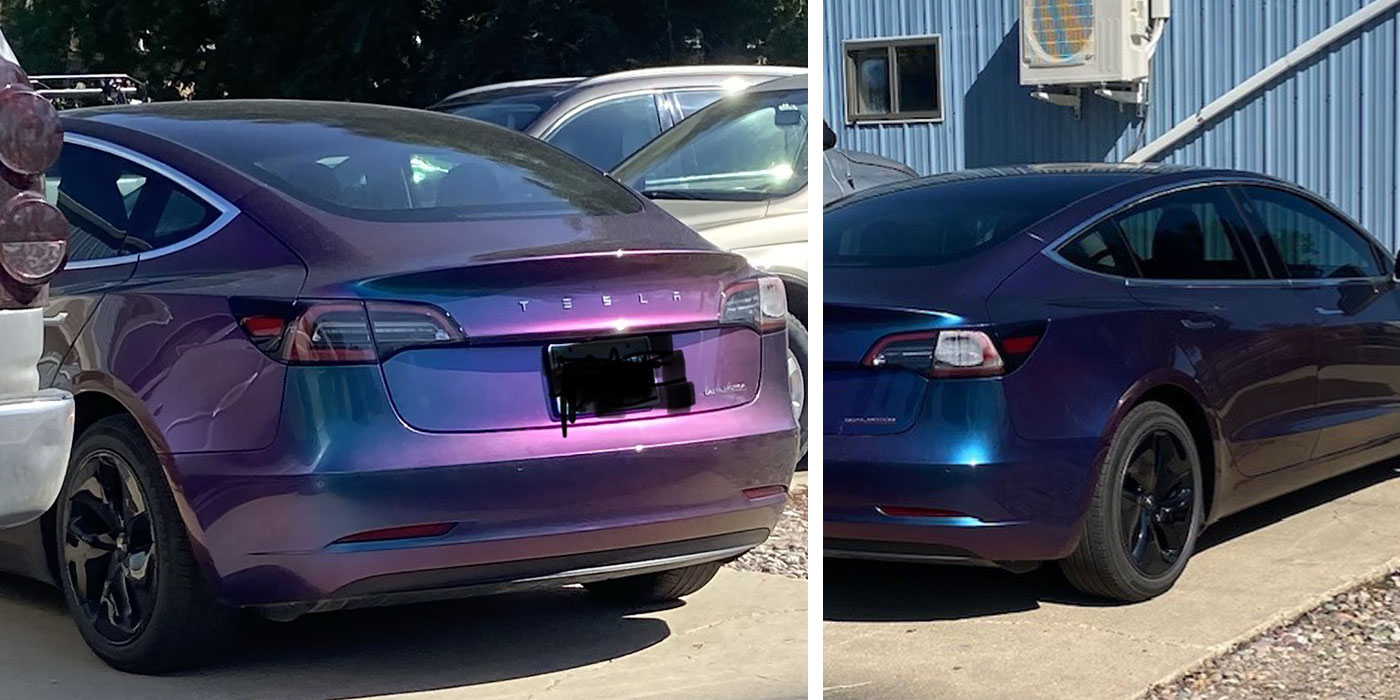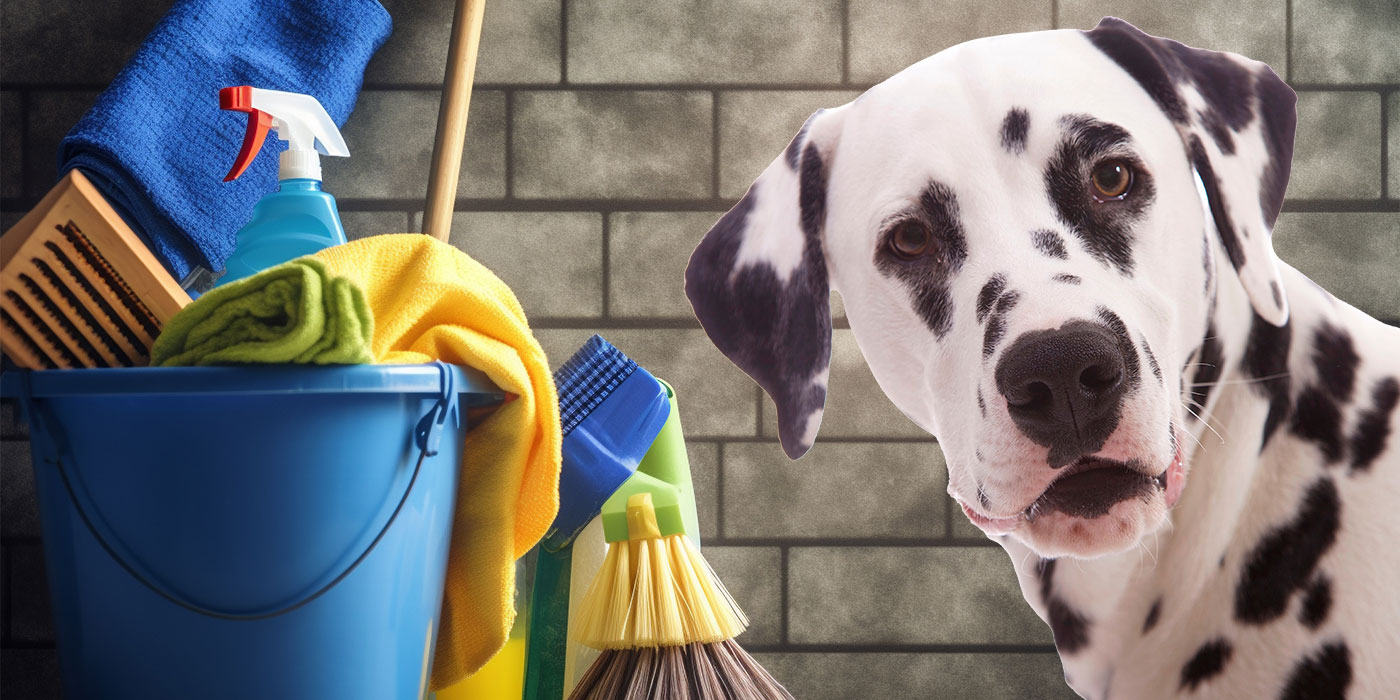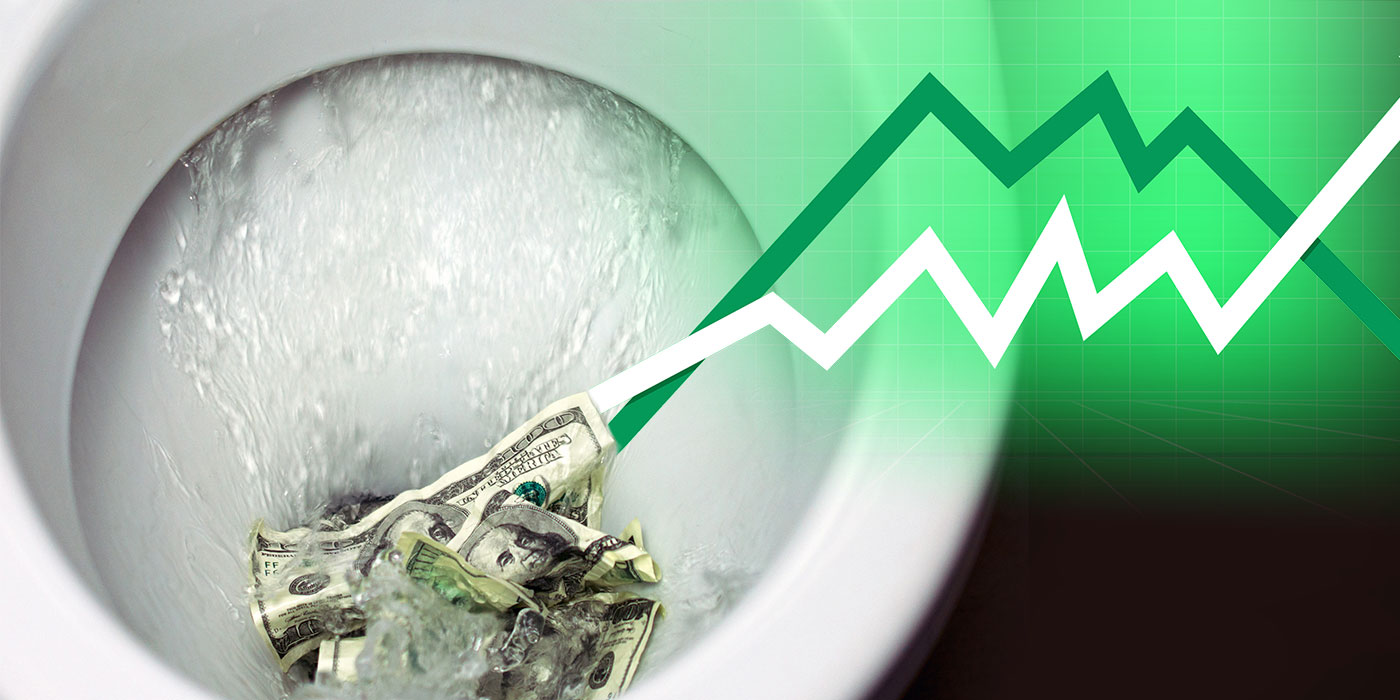by Toby Chess and March Taylor
The words “used quarter panel” strike fear into the hearts of most collision repairers, but they sound great at the higher echelons of the insurance industry. Most repairers out there in collision repair land think of replacing a quarter panel with a used one with the same gusto as going to an IRS audit.
But hold on a minute. There are instances when utilizing a used quarter panel makes sense.
First-case scenario: A used quarter panel can be used on older vehicles for which a new quarter panel isn’t manufactured. A number of older vehicles (more than 10 years old) wouldn’t total out if just a quarter panel needed to be replaced – but the quarter isn’t manufactured anymore.
What do you do?
You utilize a used part.
Second-case scenario: The new part for the older vehicle is cost prohibitive, so the vehicle might end up getting totaled instead of being repaired if you write for a new part. A used quarter panel just may save the job.
Third-case scenario: Use a used quarter panel may be when a new part is on long back order. To facilitate the completion of a repair, the used quarter may be the answer.
There are also instances when a used panel might be considered as the first line of attack.
Let’s say the wheelhouse assembly was damaged along with the quarter panel. Utilizing a used quarter panel with the wheelhouse would probably be more cost effective, faster and less intrusive than if all new parts were used because this repair requires less welding, as well as less caulking and sealant.
Also, when purchasing a used quarter panel with all the attached parts, you’re assured to get all the little brackets and gussets that aren’t always listed in the crash guides and/or may not be available.
So the question becomes, why aren’t more of these panels utilized as part of the repair process?
The answer sits mostly with the insurance industry. There’s been a movement by the insurance companies to put a limit on the cut and trim time. They call it a guideline, but it’s really a cap. They want the parts utilized, but they’re not willing to pay the needed time to get them ready for installation.
Take a typical quarter panel replacement. The crash guide states the typical replacement process takes 16 labor units. Included with the procedure is to remove and install:
the rear seat;
seat belts;
weather-strips;
rear glass;
rear bumper; and
tail lamp assembly.
Let’s say these tasks take 4 labor units, which leaves a total of 12 labor units to remove and reinstall the panel itself. If you were to allocate half of the time for removal, that would translate into 6 labor units. I know one insurance carrier that pays a maximum of 2.5 labor units, and most other carriers pay 3.5 labor units. So, for the privilege of using a used quarter panel in the repair process that would save an insurance carrier a few hundred dollars, the body shop loses 2 to 3 labor units.
To make matters worse, the labor time for painting is for a new, undamaged part. But since we’re using a used part, the paint preparation procedures are different, and we need more time. But are we getting that additional paint prep time? You tell me.
Also, the panel comes with a number of attached parts that have to be removed. Again, who’s paying for this?
Lastly, who has to pay to get rid of the unused parts – the rest of the host used quarter panel section? Someone should pay – and it shouldn’t be the repair industry.
I recently documented the procedures for replacing a center post and rocker on a 2000 Ford Taurus. The body shop specified for a used center post and rocker. The insurance guidelines would only allow a maximum of 2.5 hours for cut and trim. This particular rocker panel was constructed of an outer panel, an inner reinforcement and an inner panel. The only way that the part could be properly installed using industry guidelines was to separate all three panels from each other. There were 80 spot welds that attached the outer panel to the inner reinforcement, and each one had to be drilled out (top layer only in order to plug weld them back together). The body shop asked for additional labor, but was told by the carrier that they only paid a maximum of 2.5 hours. I’ve included comparison estimates, one with a new part and the other with a used part.
| New Part Used Part Savings New Part Labor |
$971.39 $330.00 $641.39 31.5 |
If the insurance industry wants to utilize more used parts to keep the cost of repairs down, they need to be more realistic with their times in order for the repair industry to embrace the parts.
Above is a 23-step process to prepare a used quarter to become usable (and these steps don’t include installation). The sad fact is, when all these additional steps are taken into account, it’s not usually financially feasible to use a used quarter panel.
Twenty-three steps (and approximately three hours later), you’re now – finally – ready to install the recycled quarter.
Contributing Editor Toby Chess has more than 30 years of industry experience. Chess is an ASE Master Certified Technician, an Accredited Automotive Manager, an I-CAR instructor, a stud, the Los Angeles I-CAR Chairman, a stud, a technical presenter for CIC and let’s not forget, a stud.
March Taylor owns Auto Body Hawaii in Kailua-Kona, Hawaii. Not your typical shop owner, Taylor works alongside his employees as a technician. This, he says, gives him “the opportunity to see things how they really are. I’m not disconnected from production or management.”













